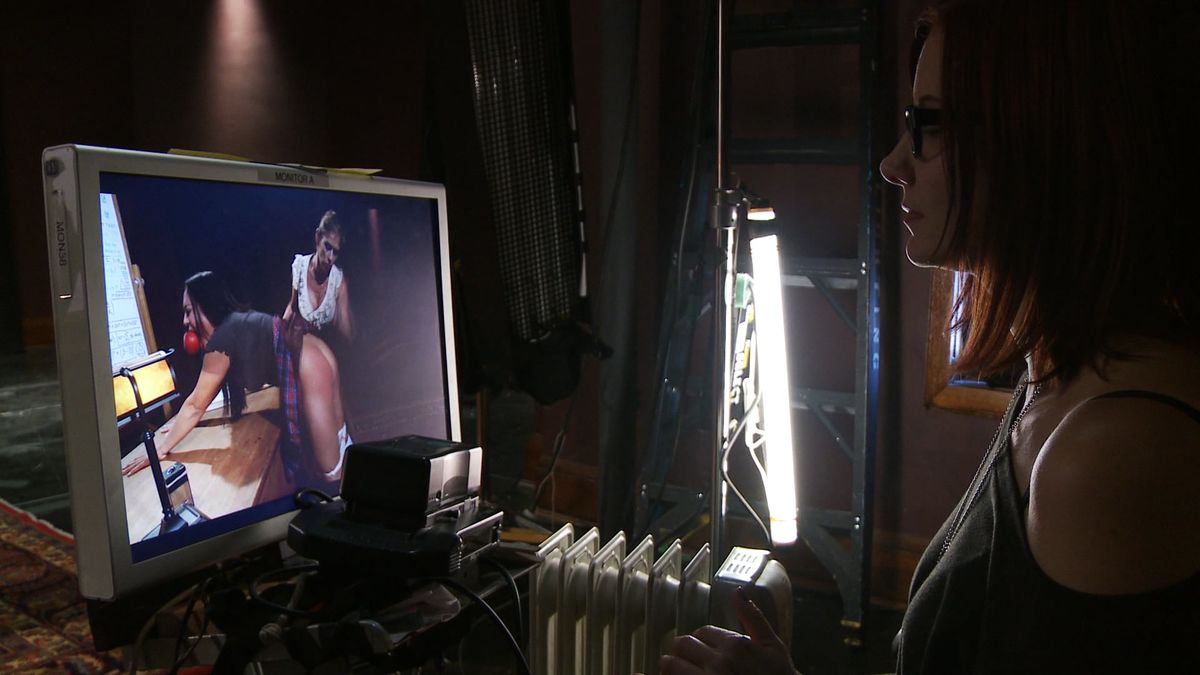Interesting Details I Bet You By no means Knew About Fugi Porn
Performer Teamwork in Kink Scenes
Kink performers team up for intricate scenes through strategic coordination, trust establishment, and safety protocols, enabling smooth execution and creative fulfillment in their work.
Teamwork Practices for Performers in Kink Scenes
Start each interaction with explicit agreements on roles and signals to avoid issues and boost engagement. For example, define hand gestures or words for immediate pauses, drawing from practices where 75% of participants note better outcomes through such measures. Clear assignments among artists prevent overlap and heighten focus, as seen in reports from group activities.
Joint efforts require pre-activity drills to align actions and responses. Surveys among practitioners reveal that coordinated preparation cuts mishaps by 60%, porn tubes leading to smoother experiences. Shared strategies like timed sequences help maintain rhythm and build trust quickly.
Adapt routines based on real-time input from all parties. Instant modifications to energy levels or preferences keep the dynamic balanced and fulfilling, with examples from forums showing participants sustain longer sessions through these tweaks.
Coordinating Movements and Signals in Group Dynamics

Establish clear gestures for immediate adjustments; for instance, a fist signals pause while an open palm indicates proceed, ensuring fluid interactions among participants.
Pre-Arranging Visual Cues
Designate specific nods or finger counts before activities to align actions; one example includes using two fingers for a shift in direction, reducing confusion during shared efforts.
Synchronizing Physical Actions
Practice sequences in advance to match rhythms, such as mirroring steps or timing breaths, which helps maintain harmony and prevents overlaps in group settings.
Assigning Roles and Protocols for Scene Execution
Define one lead coordinator and a secondary watcher per activity to ensure smooth flow and quick response to issues. Select the lead based on experience levels, giving them authority for decisions during the event.
Outlining Specific Duties
Assign the lead coordinator tasks like guiding sequences and monitoring signals, while the secondary watcher handles boundary checks and immediate halts if needed. Choose roles through group discussions beforehand to match individual skills, reducing errors.
Setting Clear Steps
Establish fixed signals such as a hand gesture for pause or a word for stop, practiced in advance. Document these in a simple list shared among participants, covering entry, progression, and exit phases to maintain order without confusion.
Evaluating Team Interactions During and After Scenes
Track nonverbal cues like eye contact and body tension from the outset to spot emerging issues early. For example, if tension rises, pause briefly for verbal checks to maintain flow.
Log specific behaviors post-event, such as response times and role adherence, using simple notes for later analysis. Compare these against predefined goals to identify patterns.
Implement quick verbal debriefs within minutes of finishing, focusing on what worked well and needed change, like adjusting pacing based on participant energy levels.
Measure coordination through timed exercises in follow-up sessions, aiming for consistent improvements in synchronization over multiple tries.
Assign rotation of observer roles during events to ensure balanced input, then aggregate feedback via shared lists for objective evaluation.